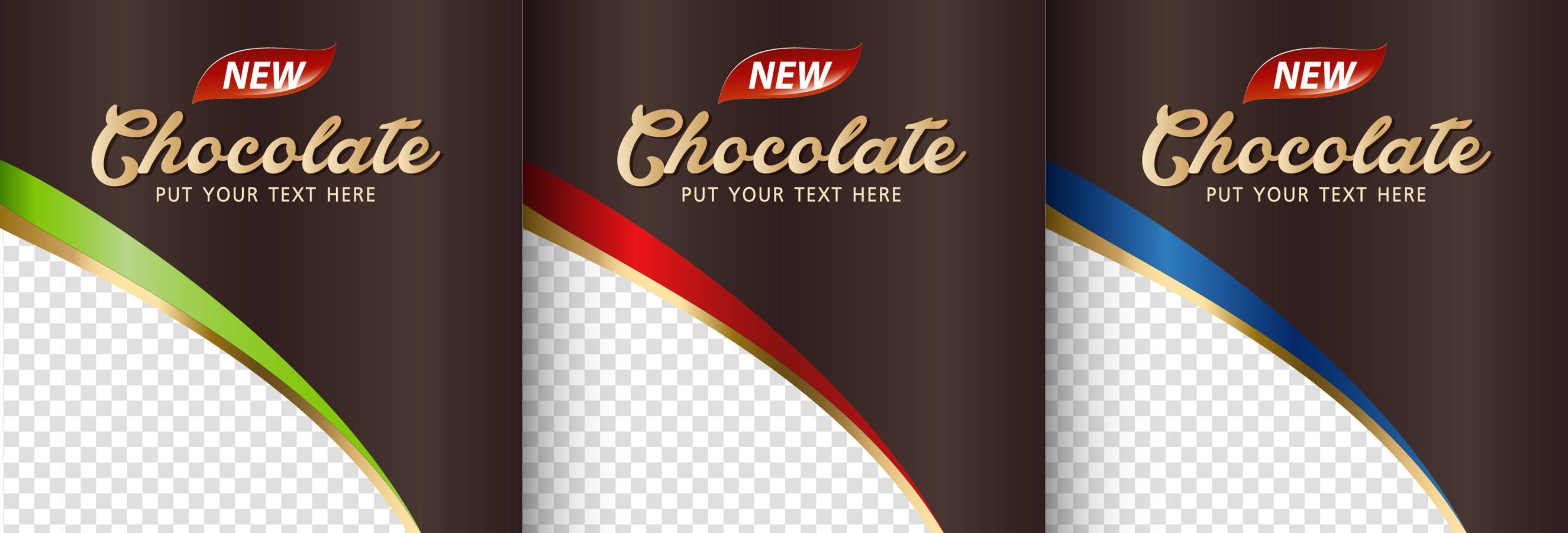We’ve all heard the horror stories of packaging changes that went wrong (Tropicana, Pantene, Celestial Seasonings). To avoid making the same mistakes here are 6 best practices to keep in mind when making pack changes:
1. First, determine why you are making a packaging change. What is driving the redesign?
It could be any one or more of the following reasons:
a) Previously distinct products now need to be visually unified
b) New government regulations or requirements
c) Your product has changed in a way that requires new packaging
d) Your packaging appearance or message is dated and requires updating
e) You are expanding into new markets
2. Almost all packaging has 2-3 core visuals (a color, a visual icon, a pack shape, etc.). Don’t change everything at once. Try to keep some of the key visuals. If you change the pack color, then try and keep the package shape and vice versa.
3. Rather than adopting a soft roll-out, invest in a full roll-out and complement it with in-store support in the form of end-cap displays and in-aisle signage that introduces the shopper to the new packaging. Just be aware that in-store support alone can’t fix bad packaging that is confusing.
4. Avoid making dramatic changes to pricing and product count while simultaneously introducing new packaging. This inevitably leads to greater consumer skepticism. Perhaps wait a few purchase cycles until shoppers have gotten used to the new packaging before making a price change.
5. Soft roll-outs (where initially the old and new packaging are on the shelf at the same time) tends to result in shopper confusion. If using a soft roll-out, it should be accompanied by reassurances on the pack (i.e. new look, same great taste) to help shoppers through the transition period.
6. Be aware of the separate roles that packaging and point-of-sale play. Point-of-sale is great for creating an emotional connection with shoppers while packaging is better at communicating important features and benefits.
It’s important to test any new packaging in context rather than in isolation. Explorer’s shopper lab allows us to test new packaging systems in full store and aisle context including in-aisle displays and on-shelf signage.

